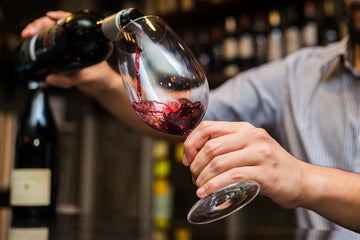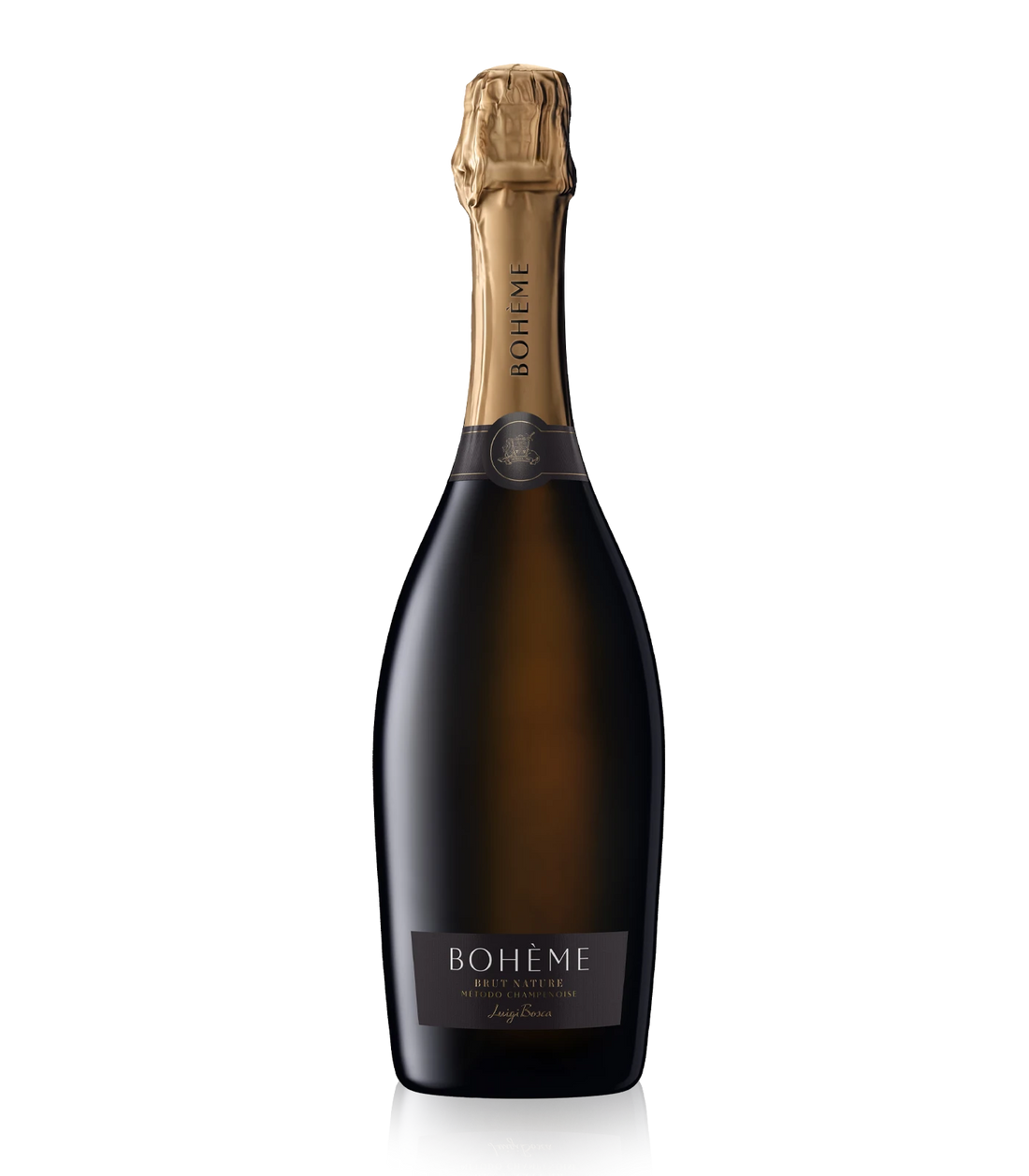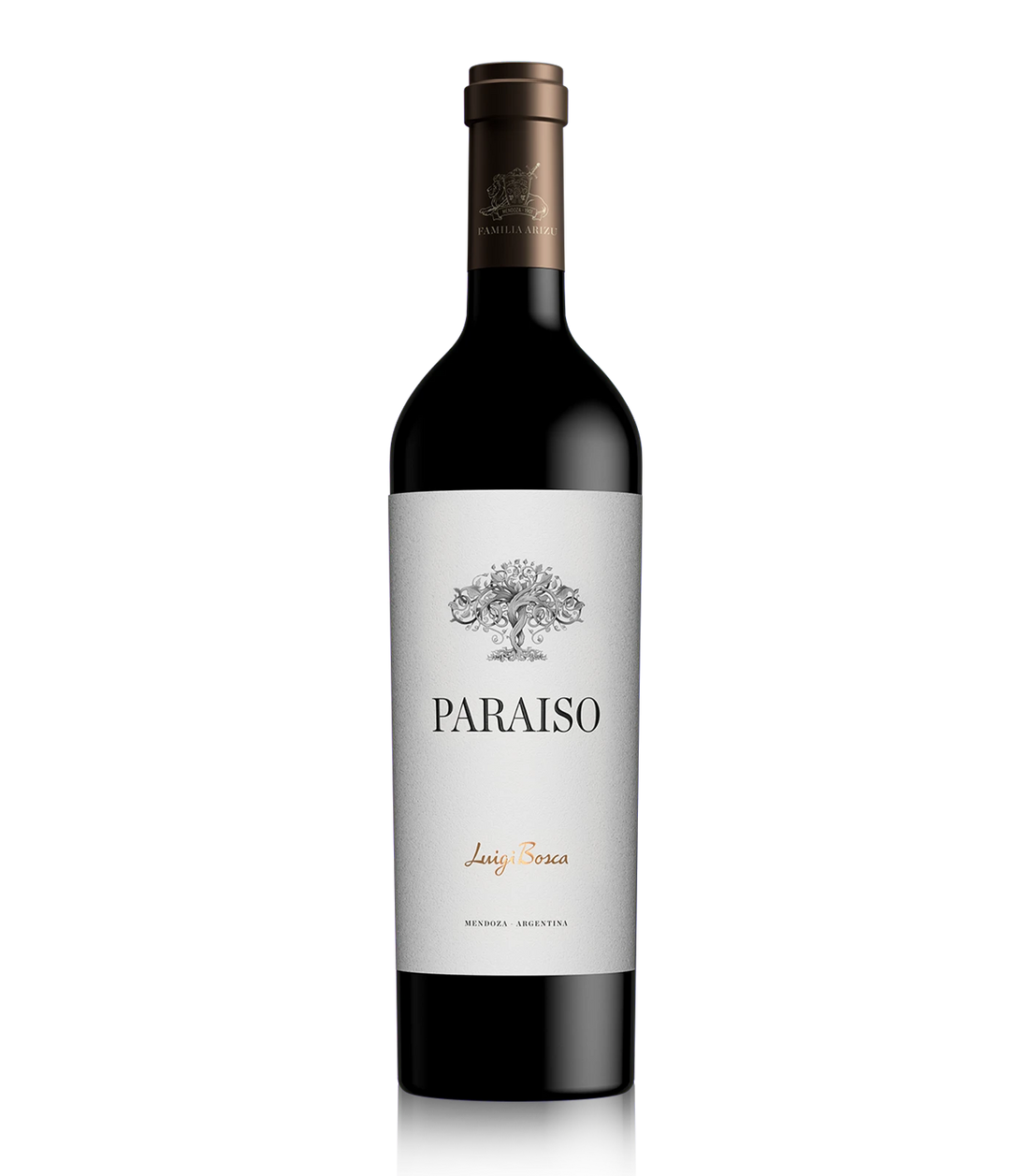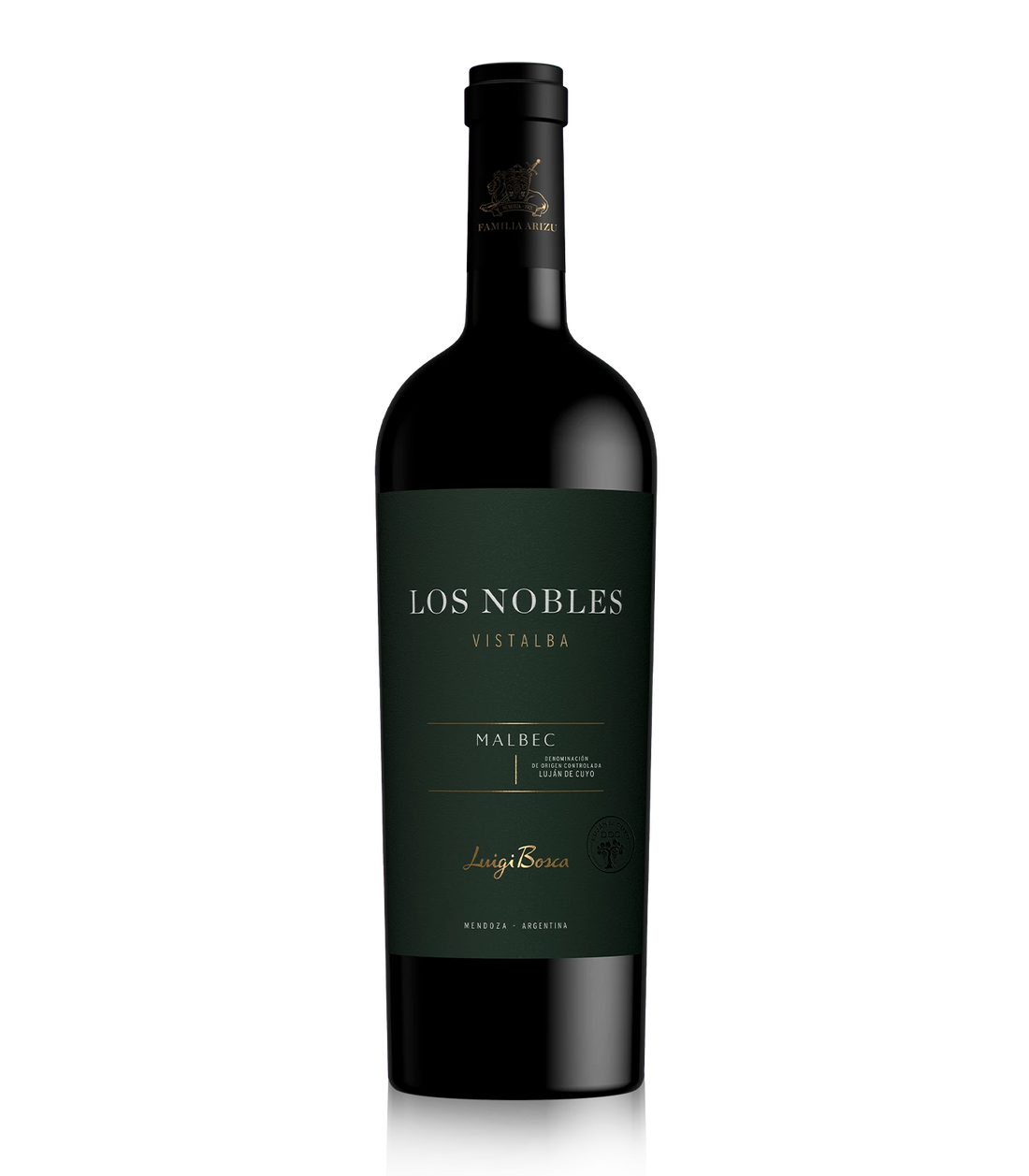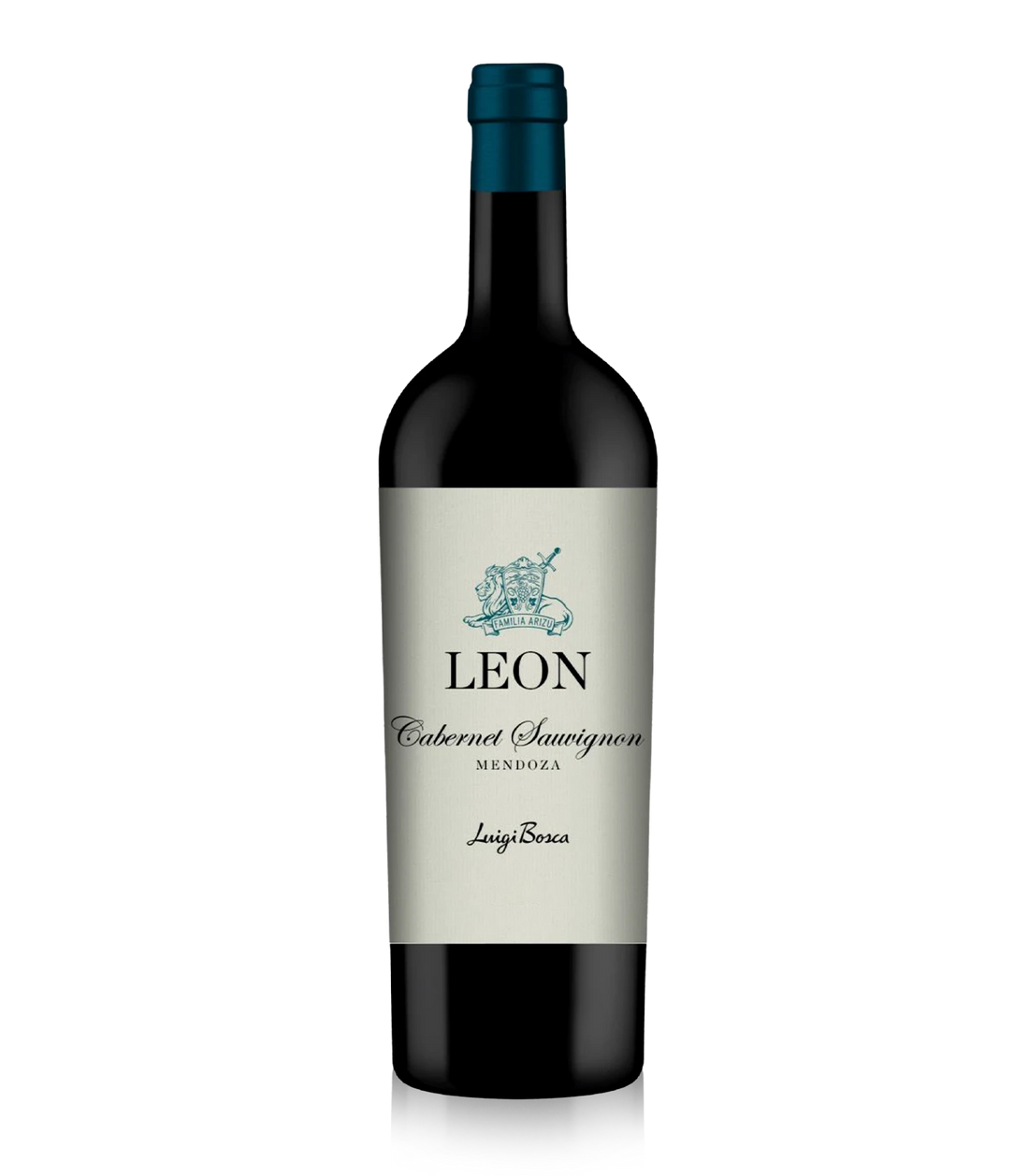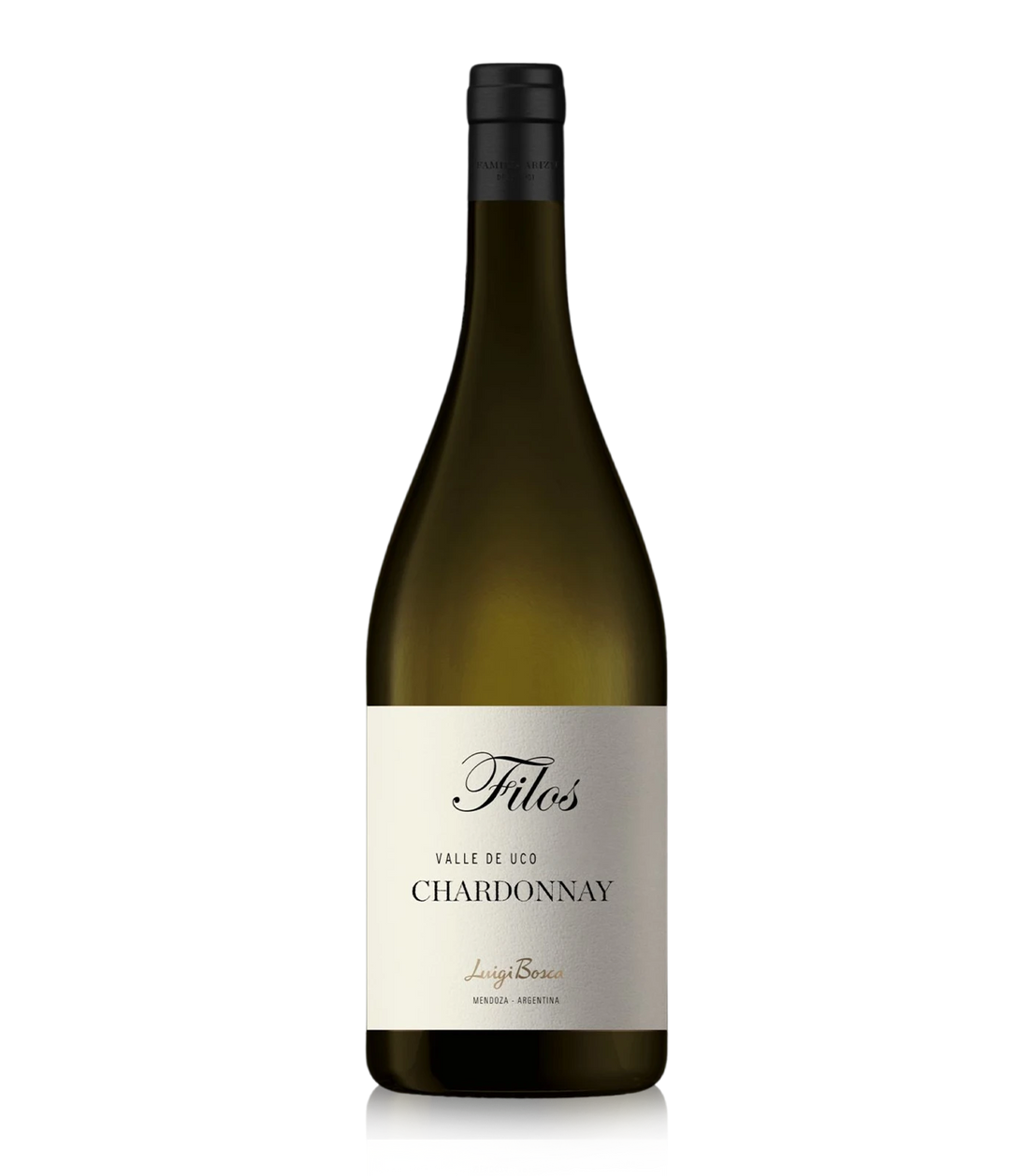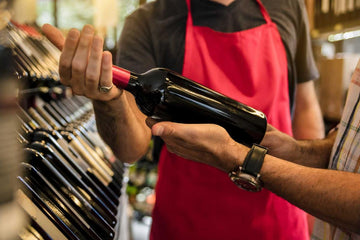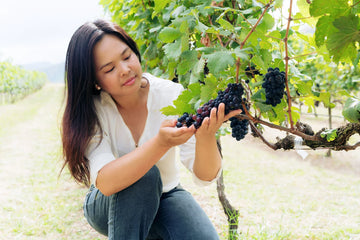As a wine lover, you come to appreciate the intensity and complexity of certain wines as you taste them for the first time.
One of the things that your palate will start to recognize is the thickness and texture of the wine in your mouth. We call this mouthfeel “the body” of the wine.
It can be tricky to explain a wine’s body because it is not as obvious as sweetness or acidity. It takes some time and experiencing various wines to recognize the different styles.
The body of wine can be best categorized in three ways:
- Light Bodied: think of a glass of water as an example
- Medium Bodied: think of this as a glass of orange juice
- Full-Bodied: think of drinking a glass of mango juice
Light Bodied Wines

These wines are light and delicate on the palate making them ever popular during summer months for their crisp and refreshing personality.
Medium Bodied Wines

They are known as the “in-between” wines because there is no proper definition of where the cut-offs occur. These wines can demonstrate a light-to-medium body or medium-to-high body. Medium-bodied wines are ideal food wines because they possess balanced tannin and a pleasing acidity.
Full-Bodied Wines

Known for their robust and powerful nature. Deep red wines and port wines tend to be bolder and this comes naturally from the skin of the grapes (tannin). After drinking a full-bodied wine, the inside of your mouth feels coated.
What factors contribute to the body of a wine?
Several influences such as tannin, sugar, and acids can determine the overall body of a wine. One of the easiest ways to guess the type of body that a wine has is to look at the alcohol level. Alcohol adds to the viscosity or thickness of a wine. A simple rule for wine appreciators to remember is this: the more alcohol a wine has, the heavier it becomes and therefore the bigger mouthfeel it offers.
Wine is influenced by the climate where the grapes are grown. Consider the difference between a crisp and light Sauvignon Blanc harvested in a cool climate area like New Zealand and an oaked Chardonnay from a warmer wine region like the United States of America. Grape varieties that grow in warmer regions, will produce riper bunches that are rich in sugar and therefore have the possibility to have a higher alcohol percentage.
The extract is another factor that contributes to the body and refers to the solids in a wine such as tannin, sugar, acids, and glycerol.
The grape variety/cultivar itself determines the body. Thick-skinned grapes like Cabernet Sauvignon contain much more extract than thin-skinned varieties like Pinot Noir.
If a wine has been fermented or matured in oak, then the production method also adds further weight and body to the wine. In general, red wines are far more full-bodied than white wines.
Next time when you are choosing a wine, remember to pair it to the occasion and food you are expecting to eat. Look for the alcohol percentage that will be evident on the bottle as a guide to help you.
- Light-bodied wines: the alcohol content is under 12.5%
- Medium-bodied wines: the alcohol content is between 12.5% - 13.5%
- Full-bodied wines: these wines have an alcohol content above 13.5%
As the world of wines opens to you, enjoy your discovery of the “nectar of the gods”.
Be curious and open to exploring the different styles, you might find a passion for the very opposite.
